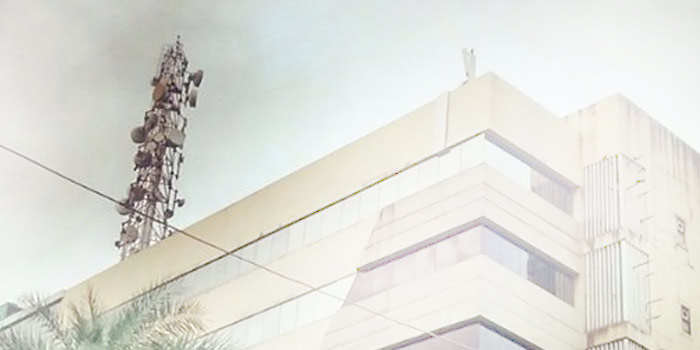With the next spectrum auction to commence next year, chances are high that operators in India will hike up their tariffs in order to cover up costs incurred while acquiring new bands. There’s no word on how much impact the sale will have on customers, but the COAI suggests that telecom providers will most certainly pass on the burden.
The Economic Times is reporting that this information was disclosed by the Cellular Operators Association of India’s Director, General Rajan S Mathews, to PTI. He also disclosed that there’s a very low chance that operators will be able to secure funds by taking loans from banks due to high debt.

Then there are other factors which come into play including the amount of money that gets spent on network infrastructure. It’s estimated that operators will have to shell out a whopping Rs 40000 crore for spectrum and this is after taking into consideration that the 900MHz and 1800MHz bands will be sold at a reserve price.
The recommended rates by the TRAI for the 1800MHz band was listed at Rs 2138 crore per MHz and Rs 3004 crore per MHz for the 900MHz band. Around 184MHz of the former frequency is likely to be auctioned, while 104MHz of the later has been proposed for sale which includes unsold spectrum from earlier this year and licenses which will expire in 2015 and 2016.
Also read: TRAI says it would like more information on availability of 3G spectrum
In other news, the GSM Association which is based in London has disclosed that it’s siding with the TRAI’s recommendations of delaying the auction to a date when sufficient spectrum is available. The sale of airwaves is most likely to take place in February 2015.
As mentioned above, it’s highly unlikely that operators will rely on loans to raise funds, so the burden is pretty much going to fall on customers via increased tariff rates.
